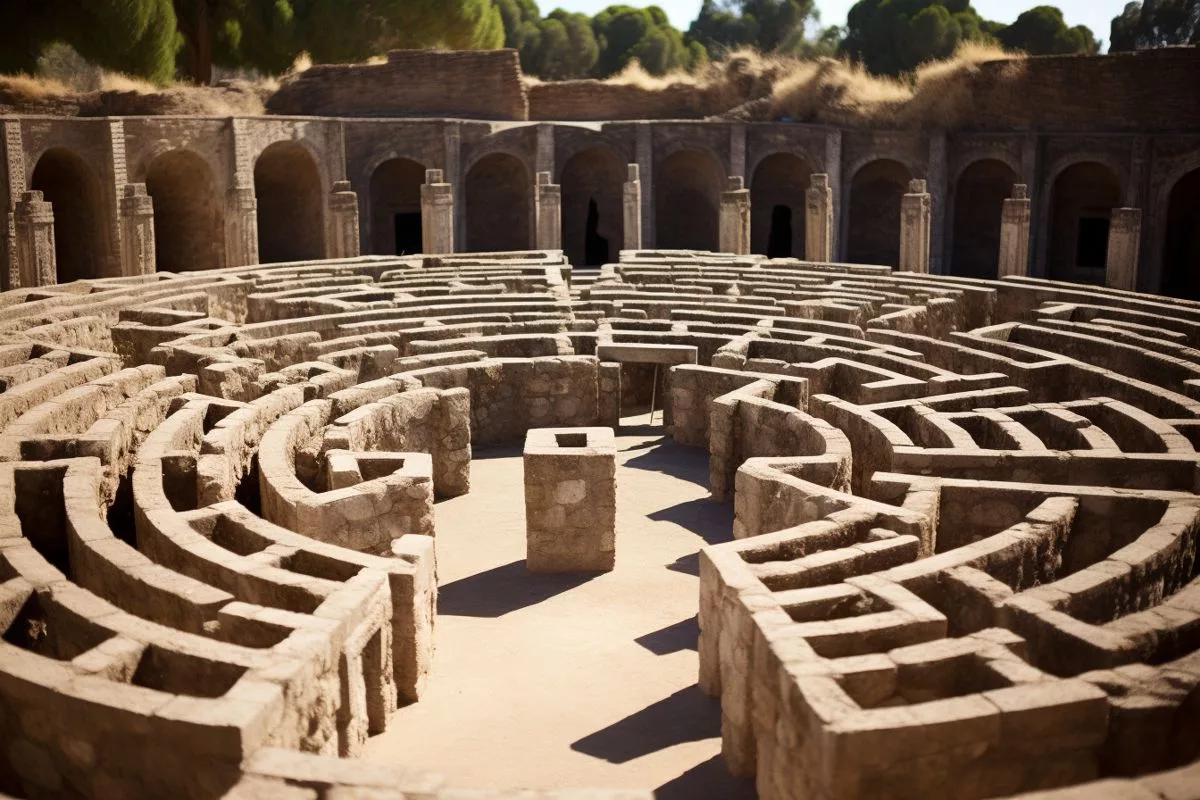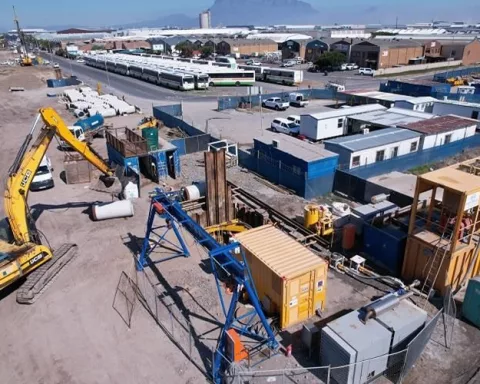The SASSA Means Test is a tool in South Africa that ensures fair distribution of government grants to those in need by assessing an applicant’s income, assets, and financial status. Navigating the maze of this test requires staying within defined income and asset limits and understanding the regulations for each grant. The Means Test upholds the credibility of financial aid distribution to ensure that aid is granted to those who genuinely require it. It is a vital safety net for millions of people in South Africa and plays a significant role in ensuring the journey towards financial stability.
What is the SASSA Means Test and how can one navigate it?
The SASSA Means Test is a tool designed to ensure fairness in the distribution of government grants to those truly in need of assistance. It considers an applicant’s income, assets, and other financial factors to determine eligibility. Navigating through this maze requires staying within defined income and asset limits and understanding the regulations for each grant. The means test upholds the credibility of financial aid distribution, ensuring that aid is granted to those who genuinely require it.
Section 1: SASSA: A Lifeline for Many
In South Africa, the South African Social Security Agency (SASSA) serves as a beacon of resilience for countless individuals. Remarkably, it distributes a whopping R240 billion annually amongst almost 19 million beneficiaries. To be a part of this significant support system, one must traverse the challenging SASSA Means Test. This systematic analysis confirms the necessity of financial aid for potential recipients. But how can one successfully navigate this maze to secure eligibility?
The SASSA Means Test is far from a mere bureaucratic process. Instead, it stands as an exquisitely calibrated tool designed to ensure fairness. It safeguards the system against misuse by ensuring that only those truly in need of assistance are benefitted by government grants. This test provides a detailed picture of an applicant’s financial status by considering various fiscal elements such as their income, overall assets, and other financial factors.
Section 2: Unlocking the Gate to Eligibility
Cracking the code to eligibility hinges on staying within defined income and asset limits. If your financial circumstances teeter on these thresholds, unfortunately, you may not be eligible for a government grant. The Means Test’s standards differ for each grant, establishing a specific benchmark that must be surpassed. The Older Persons, Disability, and War Veteran’s grants, for instance, are determined based on a scale that adjusts according to an individual’s private income. Thus, the more financially comfortable you are, the less substantial your grant is likely to be.
Navigating through the Means Test gets slightly more intricate when it comes to married couples. Their combined income and assets are evaluated collectively to offer an accurate reflection of the household’s overall financial state. This approach resonates with the essence of partnership inherent in the institution of marriage, acknowledging the mutual financial responsibilities and advantages.
Section 3: The Role of Assets in Financial Assistance
The provision of financial aid is determined not just by an applicant’s income but also by their assets. This rule ensures that those with substantial inherited or other assets, despite having an income below the specified threshold, do not end up receiving grants erroneously. The incorporation of an asset threshold bolsters the effectiveness of the Means Test, upholding the credibility of financial aid distribution.
Section 4: Accessibility and Digitalization of Grants
Some might question the accessibility of these grants and the possibility of undertaking the process online. While certain SASSA grants indeed permit online applications, the Old Person’s Grant requires a more personal touch – a face-to-face application. This prerequisite underlines the significance of comprehensive verification in the process, certifying that the aid is accorded to the most deserving candidates.
The SASSA Means Test is not merely a monetary assessment. It signifies South Africa’s social security system’s commitment to fairness, equality, and the conviction that aid should be granted to those who truly require it. The process might appear intimidating, but it is necessary to ensure that the funds are allocated to those genuinely in need, sustaining equilibrium in a system of mutual prosperity. It’s crucial to appreciate this system’s complexity, as it plays a significant role in the journey towards financial stability, providing a vital safety net for millions across South Africa.
In the broad spectrum of social security, the SASSA Means Test acts as a crucial barrier, asserting that aid is not a privilege for the undeserving but a right for those genuinely in need. With meticulous navigation and comprehension of its regulations, this challenging maze can indeed be defeated, leading the way to the assurance of financial aid.
1. What is the SASSA Means Test?
The SASSA Means Test is a tool designed to ensure fairness in the distribution of government grants to those truly in need of assistance. It considers an applicant’s income, assets, and other financial factors to determine eligibility.
2. How can one navigate the SASSA Means Test?
Navigating through this maze requires staying within defined income and asset limits and understanding the regulations for each grant. The means test upholds the credibility of financial aid distribution, ensuring that aid is granted to those who genuinely require it.
3. What is the role of assets in financial assistance?
The provision of financial aid is determined not just by an applicant’s income but also by their assets. This rule ensures that those with substantial inherited or other assets, despite having an income below the specified threshold, do not end up receiving grants erroneously.
4. How do the standards for each grant differ in the Means Test?
The Means Test’s standards differ for each grant, establishing a specific benchmark that must be surpassed. The Older Persons, Disability, and War Veteran’s grants, for instance, are determined based on a scale that adjusts according to an individual’s private income.
5. How does the Means Test evaluate married couples?
Married couples have their combined income and assets evaluated collectively to offer an accurate reflection of the household’s overall financial state. This approach acknowledges the mutual financial responsibilities and advantages inherent in the institution of marriage.
6. Can the SASSA Means Test be accessed digitally?
While certain SASSA grants indeed permit online applications, the Old Person’s Grant requires a more personal touch – a face-to-face application. This prerequisite underlines the significance of comprehensive verification in the process, certifying that the aid is accorded to the most deserving candidates.












